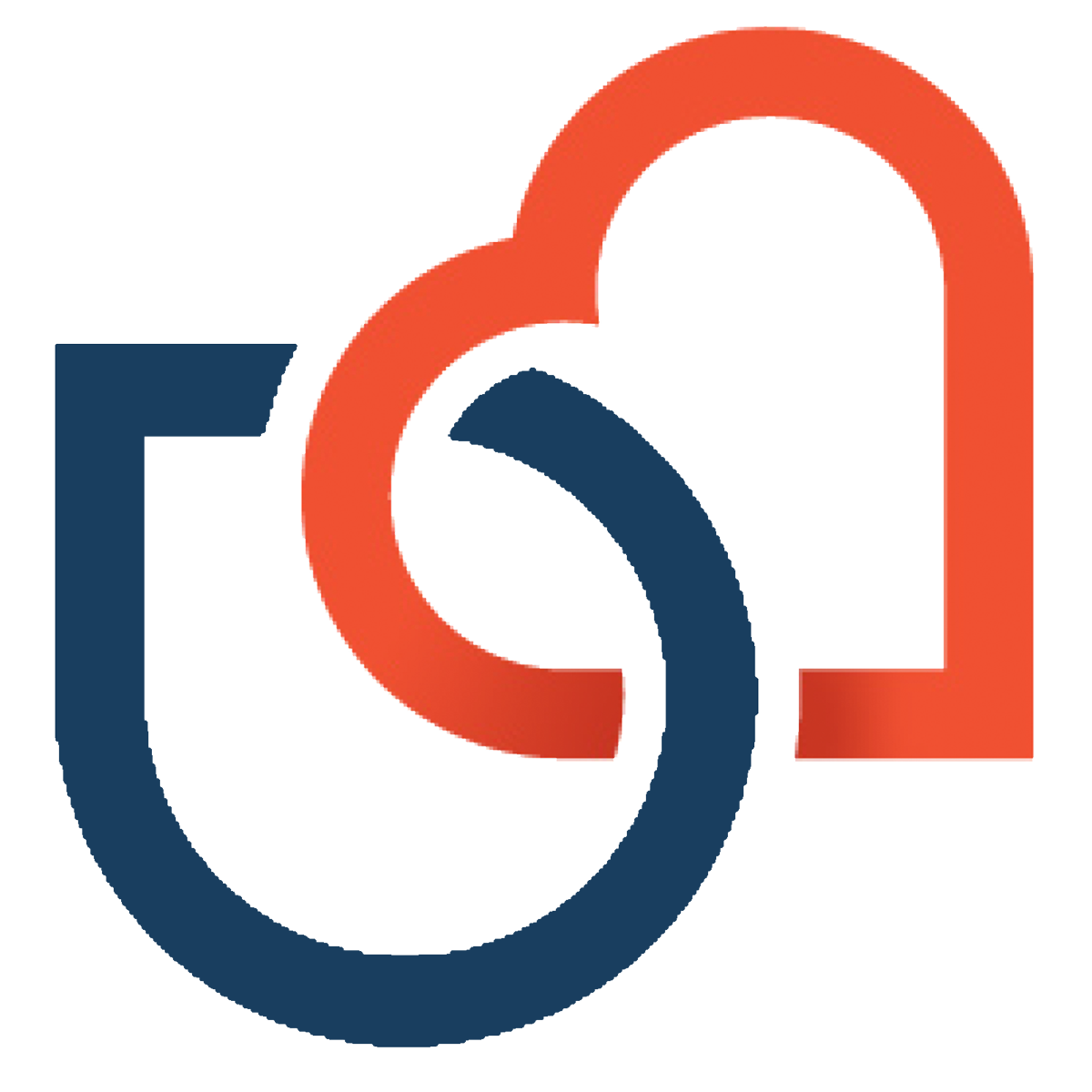
Session 8
Taking Charge of What’s Around You

Session 8-1
How Cues Can Trigger Our Health Behaviors
Some cues are positive and lead to healthy behaviors. Other cues are a problem and lead us to overeat or be less active.
CUES ⇒ BEHAVIORS ⇒ HABITS

Environmental (ie: the weather, time of day, where you are)
What we see & smell
How we feel physically (ie: hungry, tired)
What we are thinking
How stressed we feel
Certain activities (ie: watching TV)
However most cues are social in that they are in some way related to other people.
Social Cues
For example, watching a football game with friends is a social cue for many people to eat snacks and drink beer or soda. Social cues sometimes make it hard to stay on track with healthy goals.
AI’s Story

AI
Change Can Happen!
Think about it. Food cues are all around us, and often we are unaware of how strong they are. The first step to overcoming the habit of eating too much or the wrong things is to become aware of our food cues and activity cues. You can learn to take charge of those cues, so they cannot stand in the way of meeting your goals.
Not all cues are problems, however. Some cues will help you eat healthier and be more active. So the goal to make healthy lifestyle change is to reduce your problem cues and add helpful ones.
Remember it takes time to break old habits and build new, healthier ones. Change does not happen overnight.
Take a moment to think about the food and activity cues that are helpful and those that may be derailing your efforts to be healthy.
